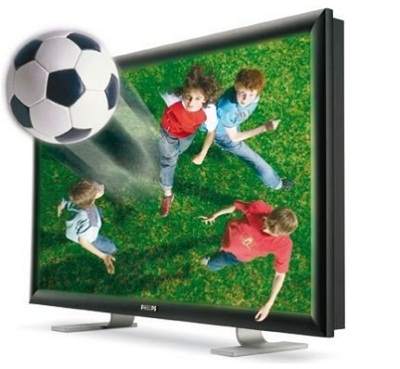We knew going into CES that 3D would yet again be another big trend. But because of the rather scattered state of the 3D industry right now, no one really cared what anyone had to show.
The problem is this brand new 3D format isn’t selling. People don’t see the point of it, there is very little content, and no one likes wearing 3D glasses. At least, that’s what the critics would have you believe. Moreover, the 3D glasses are expensive. $150 – $200 per pair is laughable to many, and a main reason for why they simply won’t buy a 3D TV.

So, 2010 sales of 3D sets were way below expectations, and as a result companies are looking for new 3D options. The only problem now is everyone has a different idea. While CES 2010 was all focused on one technology, this year it was highly scatterbrained.
Toshiba wants to push glasses-free 3D, a technology known as autostereoscopic 3D. This requires the TV display itself to be built in a very specific way, using thousands of mirrors to make the flat screen look as though it has depth. This tech is gaining traction because you don’t need 3D glasses. But it’s very expensive and has a lot of limitations. It’s also not as powerful or eye-popping as glasses-required 3D.
So then there are companies like Vizio. Vizio wants to have the most affordable 3D TV solution by using the same kind of technology used in movie theaters. If you know anything about watching 3D movies in a theater, you know their glasses are cheap – so cheap some of them are completely disposable.
However, the whole reason that tech wasn’t used in the home standard to begin with is that it isn’t really meant for home use. The effects are very muted and not nearly as powerful as the “active shutter” glasses used in stereoscopic 3D.
So, finally, there’s Samsung. It’s already the market leader in 3D TV sales, but that’s not saying much. So it too has turned to a cheaper alternative to the battery-powered glasses, but it’s done so without sacrificing quality. Instead, it packs in the technology used in its $200 3D glasses into the TV set itself. Then, the 3D glasses required to use it are much cheaper and never need to be recharged or replaced with new batteries.
However, that makes the up-front cost of the TV significantly more expensive. And 3D is already carrying a huge premium.
Are you confused yet? Yeah, and so are content providers. That’s why we saw almost no 3D content announcements at CES. That was a huge letdown. Disney announced it’ll be remaking a bunch of classic animated films for Blu-ray 3D, but other than that there was nothing on the content side.
As a result, the 3D side of CES just looked sloppy, confusing, and polarizing. Nothing stood out. And this is a good indication that the rest of the year will be very rocky. Everyone was upset that 2010 didn’t see stronger 3D sales, but even though 2011 might have a bigger number to show off, the level of cohesion among consumers will be eliminated almost entirely.






